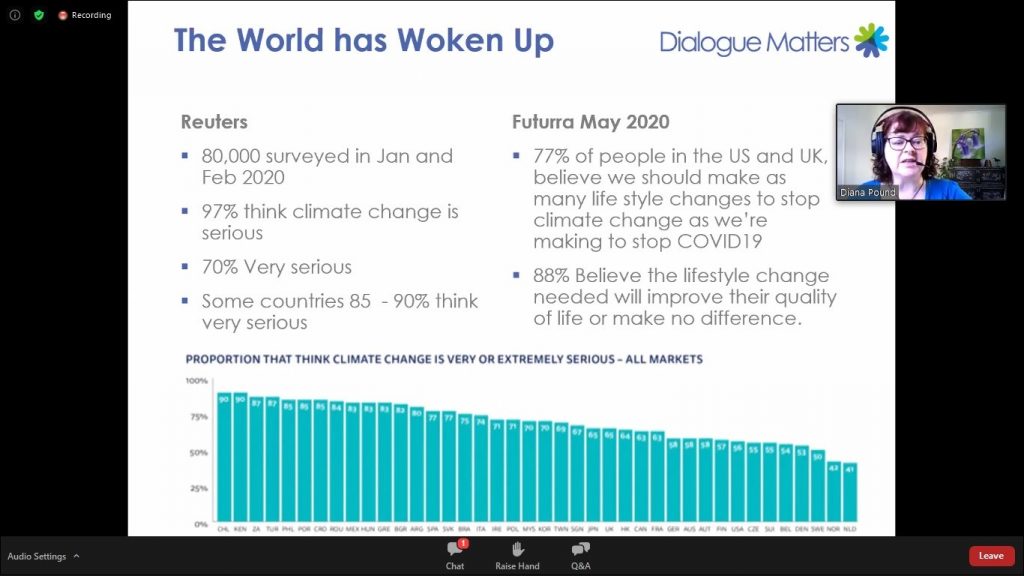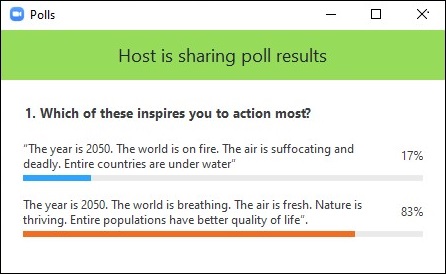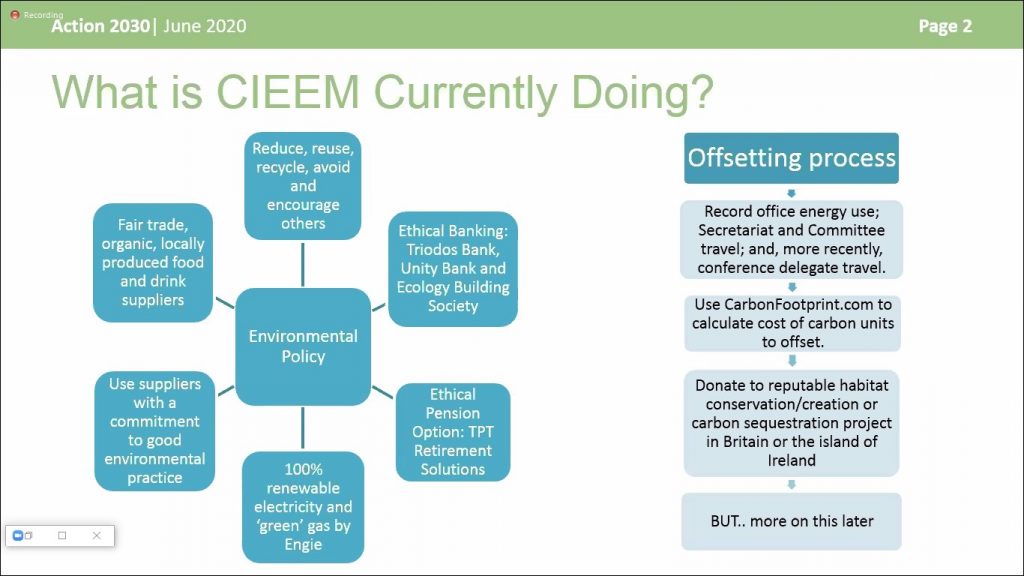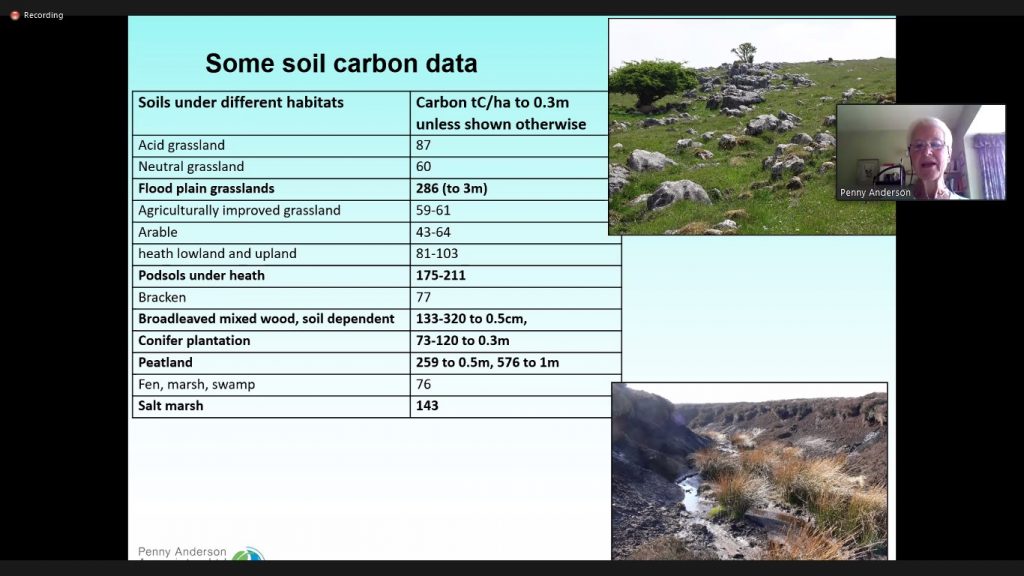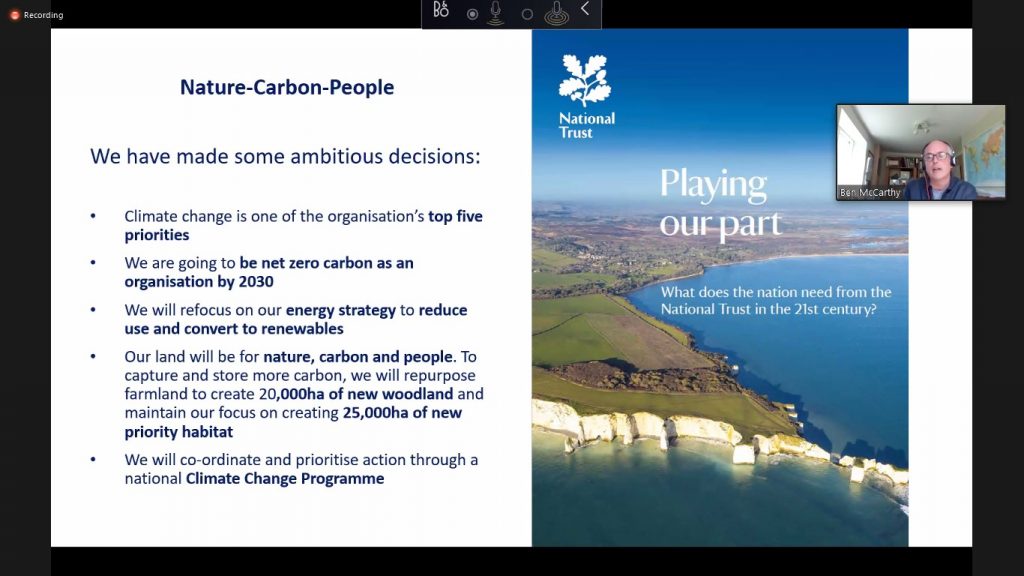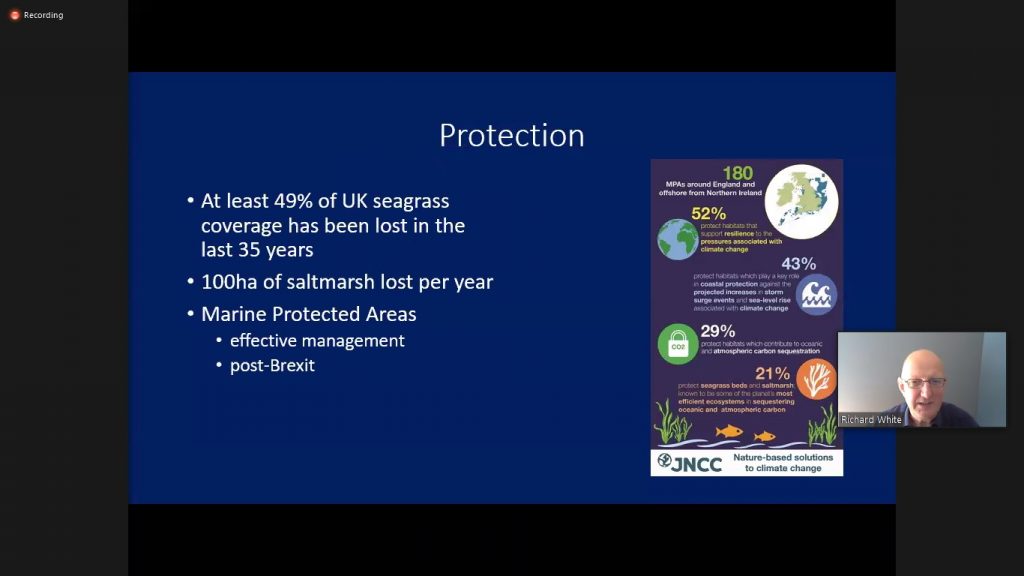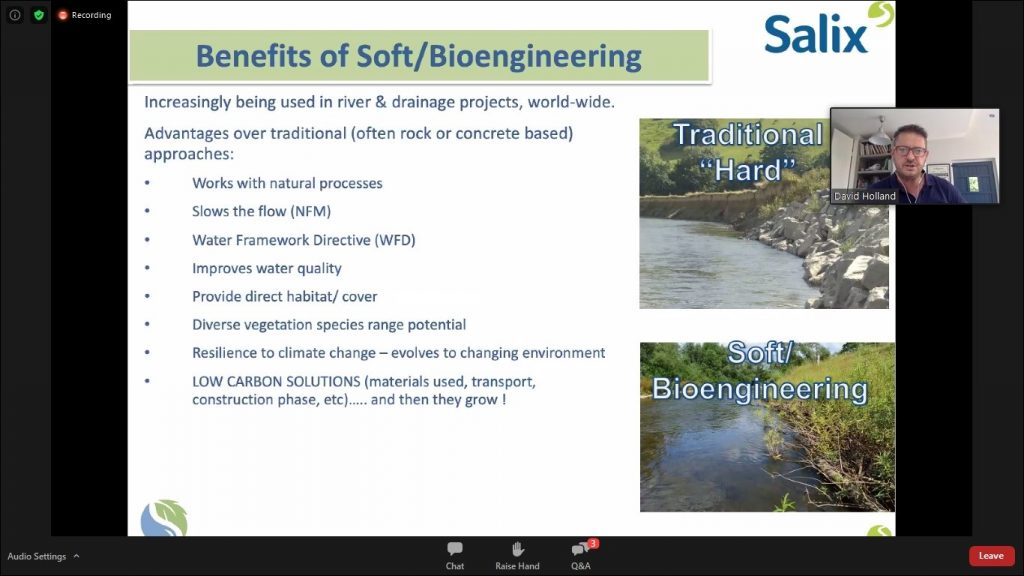
When and why you might need an ecologist
You’re likely to need to employ an ecologist if you are planning to build a house or add to or alter an existing building. An ecologist will conduct the surveys necessary to assess the possibility of the project impacting any ecosystem or habitat which is home to a protected species.
You will need a survey if the site includes or is adjacent or connected to any of the following, although your architect, planning agent or local planning authority should be able to advise you on this:
- Woodland, hedgerows or scrub
- Lakes, ponds, ditches or other bodies of water
- Meadow, pasture or parkland
- Heathland
- Coastal habitat
- Large rural or suburban gardens
- Complex tree structures, caves or cave-like spaces
- Existing derelict buildings, farm buildings or timber buildings, particularly those with access into roof spaces.
The first step in the process is usually a Preliminary Ecological Appraisal. This survey will identify evidence of any protected species or habitat suitable for supporting a protected species. If any are found then this will inform what further protected species surveys or vegetation surveys are required.
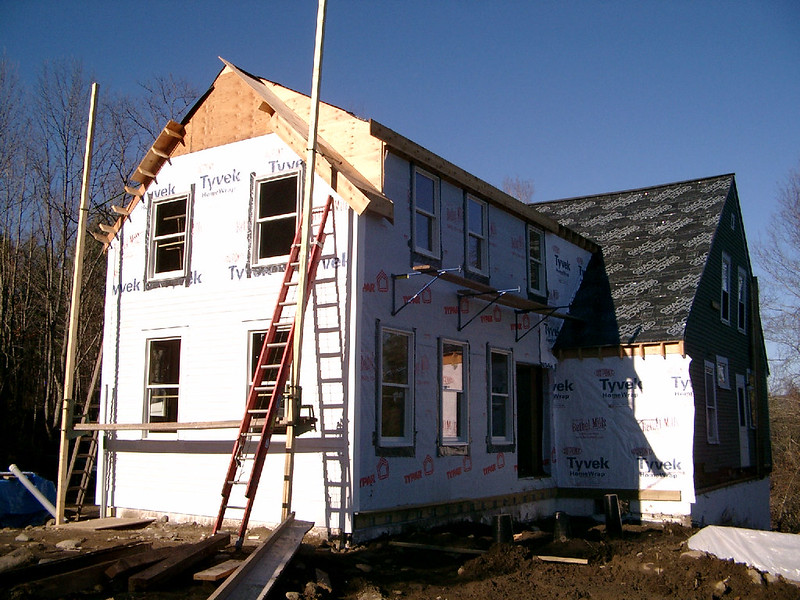
What is a Preliminary Ecological Appraisal?
A Preliminary Ecological Appraisal is conducted by an ecologist and usually involves both a desk-based study and a walkover/habitat survey. The desk-based study looks at local records to see if there is current evidence of protected species being present up to 2km away from your site. It will also look to see if the project has the potential to impact any nationally or internationally protected areas. The walkover survey (sometimes referred to as a Phase 1 or Extended Phase 1 survey) will assess what types of habitat are on and around the area as well as the likely presence of any species that are currently protected. It will also look at the value and significance of the habitat.
Once these are complete, the ecologist will compile a report for you that will include this information, as well as an assessment of how the project might impact the surrounding habitat/protected species and any legal issues that might be raised by the development. If no evidence of protected species is found, no further surveys will be required. However, if they find that the site of your project is home to one or more protected species, or that the habitat is likely to support them, then further species-specific surveys will be required.
The report may also make recommendations as to how the local biodiversity can be improved upon during and following the development in line with Biodiversity Net Gain guidelines. This national policy aims to improve biodiversity by creating or enhancing habitats in association with development, so that the environment is left in a better state than it was before the project began.
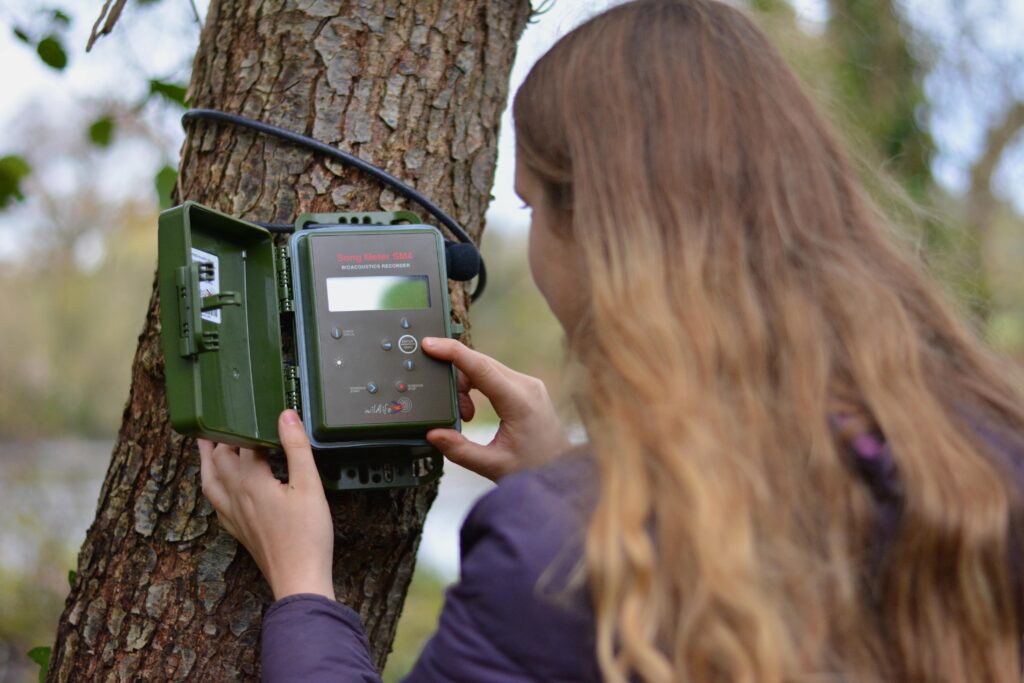
What further surveys might be required?
If your Preliminary Ecological Appraisal suggests that there are protected species or their supporting habitat present on or around the development site, then more detailed protected species surveys will be required. Commonly referred to as Phase 2 surveys, these may include botanical surveys, as well as those for bats, great crested newts, hazel dormice, reptiles, water voles, badgers and breeding birds. All of these types of surveys will involve the ecologist(s) conducting at least one, but more likely a series of, site visits. There may be seasonal constraints as to when they can do this.
Once all surveys are complete, the ecologist will compile a report (usually referred to as an Ecological Impact Assessment report or EcIA) which presents their findings as well as the likely impact of the project on protected habitats and species. It will take into account your building and landscape plans including details such as proposed drainage and lighting. The report will also recommend the measures that can be taken to avoid, mitigate or compensate for the impacts, as well as how the local biodiversity could be enhanced.
For sites that might impact a European protected site, such as Special Areas of Conservation (SAC), Special Protection Areas (SPA) and Ramsar sites, an additional survey known as a Habitats Regulation Assessment might be required. This must be submitted by a competent public body (usually the local planning authority), although the work will most likely be carried out by a consultant ecologist. This will assess whether the project is likely to impact the site due to factors such as increased recreational pressure on the area, or significantly increased noise, light and water pollution.
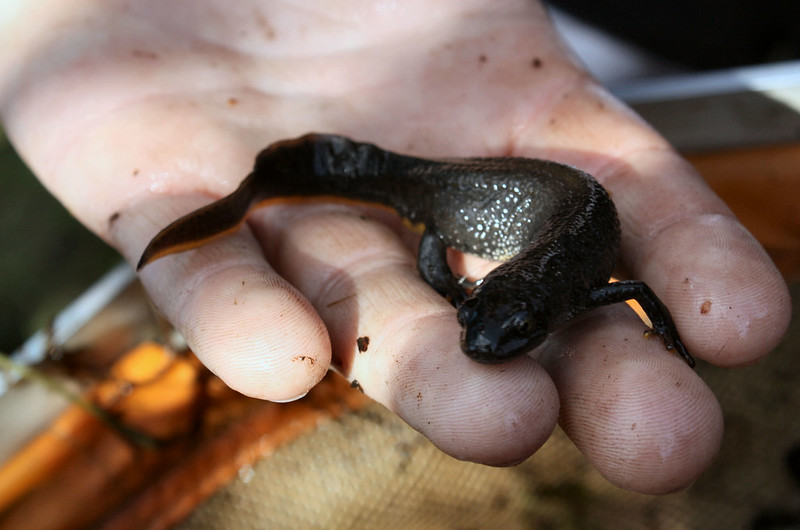
How to find an ecologist
There are numerous ecological consultancies located throughout the UK and Ireland, ranging from small or sole traders up to companies that employ large numbers of ecologists with multiple offices around the country. An internet search will show you if there are any based near to you, although the larger consultancies, in particular, will often undertake work over large geographical areas.
Alternatively, you may wish to search the database on the Chartered Institute of Ecology and Environmental Management (CIEEM) website. CIEEM is the professional body which represents and supports ecologists and environmental managers in the UK, Ireland and parts of Europe. Their members have proven that they are able to work to CIEEM’s professional standards and regularly undertake training to continue their professional development. Using their online members’ directory, you can search for ecologists within certain geographical areas or for specific services. Furthermore, should you have any complaints or concerns over the work conducted, CIEEM has an official complaints procedure that you can use.
When looking to appoint an ecologist, it is worthwhile getting several quotes for comparison. At this point, it is helpful to provide the ecologist with as much information as possible, such as the scope of the project (including detailed plans if these have already been drawn up), the proposed timescale you are hoping to adhere to and any advice that you have already been given (i.e. by an architect or planning agent). Providing them with a map of the area to be developed can also be extremely helpful.
Useful questions to ask at this point are:
- What is included in the quote and, should additional surveys be required, what are these likely to cost?
- How long is the work likely to take?
- Would it be possible to see a draft report and what will be the timescale for this?
- Are there likely to be other expenses that aren’t covered in the quote, such as mileage or sample analysis?
Important things to consider
• Many protected species surveys have seasonal constraints and can only be conducted at certain times of the year. Because of this, it is important to discuss your requirements with an ecologist as early as possible in the planning process so that you can plan ahead and avoid unnecessary delays.
• Don’t feel like you will be able to ‘get away with’ not conducting the required surveys. Failure to conduct or comply with the appropriate environmental surveys is punishable by law.
• Remember that survey data is not valid indefinitely. Most will be fine up to a duration of 12 months, and some even longer. But any that is more than three years old will definitely need repeating to account for any changes that may have occurred in the interim. If in doubt, it is best to discuss this with your ecologist, planning agent or local planning authority.
Summary
To summarise, when constructing a new building or adding to or modifying an existing one, an ecological survey (or surveys) is usually required to assess its impact on the surrounding habitat and any protected species that may be present. The report(s) generated by these surveys will need to be submitted to your local planning authority as part of the planning process.
To avoid delays with your project it is best to get your ecologist involved as soon as possible so that any necessary surveys can be completed on time – remember that many can only be conducted at certain times of the year.



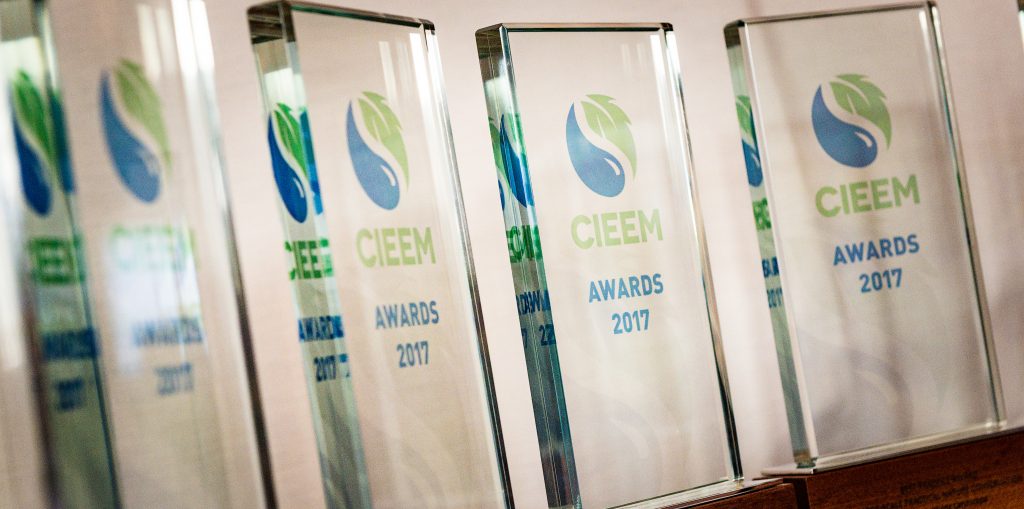
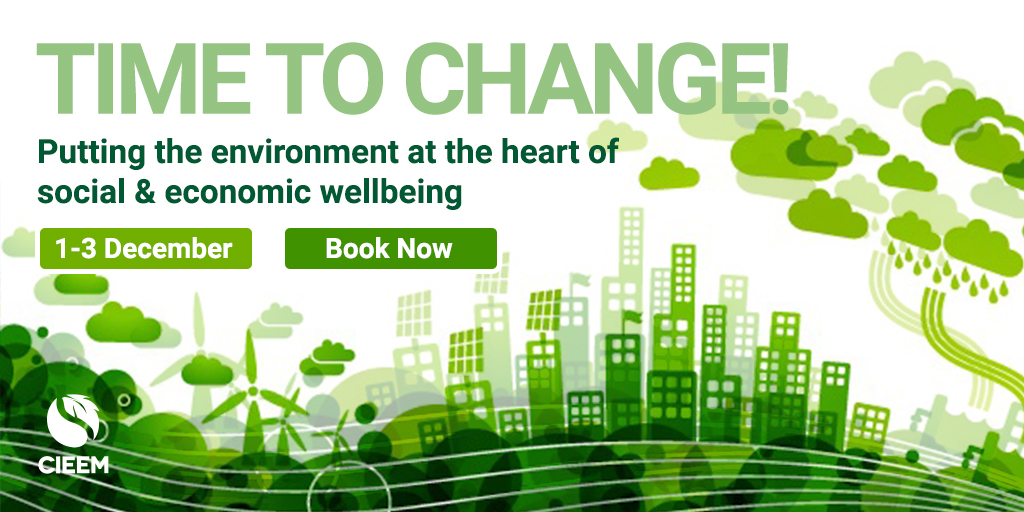
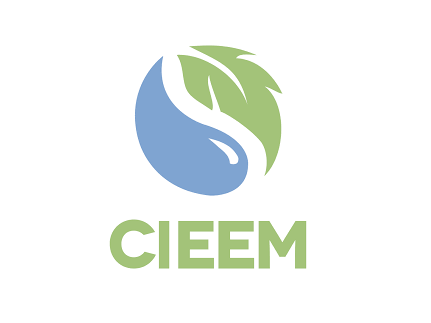
 CIEEM’s
CIEEM’s 